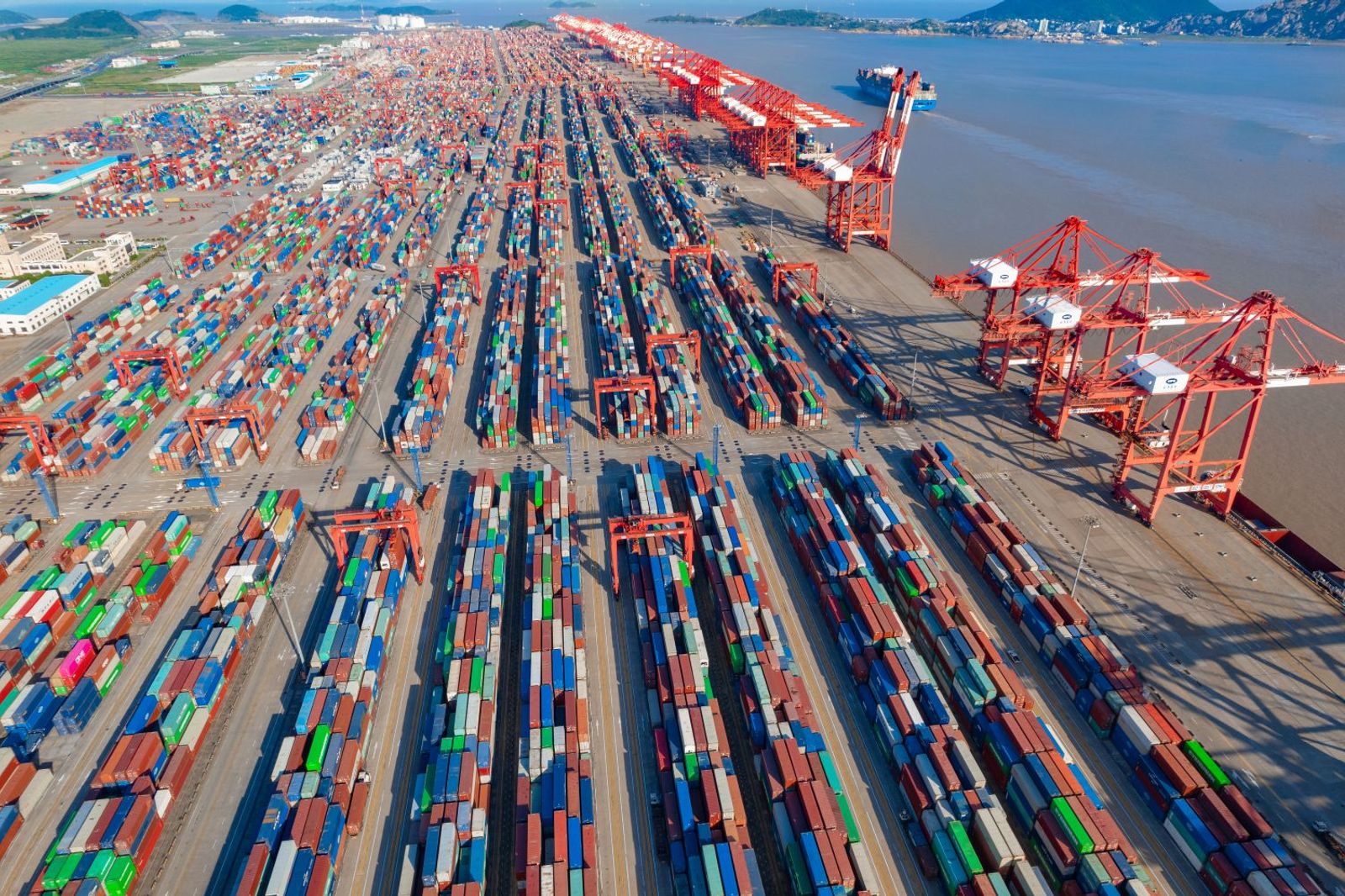
Container line executives warn that the inevitable rebound in Asian imports that will come at some point after the expected plunge in volumes linked to US tariffs may overwhelm major US ports because the supporting systems aren't significantly better prepared than they were during the pandemic.
The timing and scale of the rebound isn't yet known. But import volumes from Asia are expected to recover eventually either because tariffs are eased or cargo owners ultimately decide there is no relief coming and eat the higher costs due to a need to replenish inventories.
“Regardless of whether the demand will go up two times or come back to a level of about eight weeks ago, the system is not fundamentally better than it was five years ago,”Charles van der Steene, president of Maersk North America, said at the Georgia International Trade Conference this week.“Right now ... volumes are down [30%-40%] and if that goes up, the sheer surge will test the system and disruption cannot be avoided.”
Similar to during the pandemic, the sharpest limits to capacity during an import surge will be less at the marine terminals and more outside the truck gates. There, importers and consignees could face limited availability of warehousing and chassis, while a rush of international intermodal could sap rail car supply, carrier executives told the conference.
“If our terminals start working at 70%, 80%, 90% capacity and beyond on a regular basis for weeks, the system will crumble,”said Fabio Santucci, president of US operations for Mediterranean Shipping Co.
Santucci added that if import dwell times at marine terminals exceed 10 days, ports can't dig out of backlogs.
‘Uncertainty’the key word
Stuart Sandlin, Hapag-Lloyd's North America president, fears a rise in abandoned containers as some US exporters walk away from Chinese contracts due to 125% retaliatory Chinese tariffs on low-value US commodities. Even more alarming would be if US importers begin to abandon higher-value cargo, something he said would signal a potential wave of bankruptcies.
Some smaller US importers are already struggling with backing a larger surety bond thanks to higher US tariff costs.
Estimates of the plunge in China bookings from carriers and forwarders range from 30% to up to 50%. The resumption of shipping last week from China by Walmart, Target and other big box retailers after they paused US shipments earlier in the month suggests a rebound is already building, executives at two major carriers told the Journal of Commerce.
"I think the key word is'uncertainty,'" Santucci told the conference.“Sixty to 70% of customers are reevaluating shipment out of China. They're either pausing [or] they've asked for shipments to be brought back to China.”
He said customers are requesting changes to import and inland delivery destinations while containers“are on the water,”adding there's been a spike in requests to hold shipments at transshipment ports before being loaded onto US-bound vessels.

